The Crusades were a divisive era of history, where the eyes of mortality were obscured by defense and religion. Where one side held the hand of God and righteous violence in the other. In contention, another held their defense, well-being, and their Gods. If both sides showed corruption, to snuff the candle of which justice held, who were the candle bearers, and who were the ones to keep the righteous justice and the sovereign righteous? Even now the fingers of blame are still being pointed, whether it’s a new identity or new ordnance. This is the contrast that Ubisoft presents in their first standout game, Assassin’s Creed.
When the 2000s were turning anew in the middle, Ubisoft had a goal to continue their hit franchise, Prince of Persia. By this time they only kept a mere grip due to their adaptation to the two-dimensional gameplay, to the three-dimensional play style that most of the industry had clutched. During the development of their next game, Prince of Persia: Assassins, they would change it to a new I.P. and thus would begin a legacy of great combat and visuals that not even historians could compare to.
The combat is mostly stealth and climbing-based, with you exploring the open world of the crusade-dilapidated Israel and its neighboring civilizations. The stealth itself can be seen as your normal “don’t get caught” type of scenario with an emphasis on blending in more than hiding. However, if you are caught, then you can choose between a regular sword which is mainly going to be a more offense-based weapon, and a dagger which is more defense-based and is made for counterplays than anything. The biggest problem with this is the AI, which most of the time will get caught in cycles furthermore if you are on rooftops (which increases the rate of how long until you are caught), you will have to reload or wait a long time for their cycles to break. The parkour, on the other hand, is very janky, slow, and frivolous. There aren’t any climbing sections with missions, which means that parkour (which is a staple of the series) is water down to a mandatory mechanic rather than an incentive to learn and travel around the world. Admin of the r/Assassain’sCreed forum, L.Salah believes that even on the current replay, it still holds up.
“I’m currently on a replay of AC1 and maybe it’s nostalgia but…The combat seems to me to be some of the strongest the series has ever put out.” They continue by stating. “It feels slightly dated but an updated version would be perfect in my opinion,” Salah said.
To understand my contentions with the art style of this game I want to highlight the style of architecture that some of the cities which were included in the game would have looked like during that time. For instance, Syria during that of which was hit the most within its economics, which meant that most of their architecture from Krak and other artists, were on larger scale fortifications. Whereas Israel was built with a Romanesque style. We can say that within the game, there should be some identifiable architecture to each area of its idiosyncratic nature. Does it, no, instead they slap a filter on each area and change certain spawn points for missions and enemies. Yet alone the character design which is very flat PS2-like facial capture with little to no unique armor design. Gamefaqs user R. Zaum contends with the overall thought presented in this passage and believes its art style is good.
“AC1 has the best art style, especially the palette,” Zaum said.
Even though this game shows its age, I think it’s very important to look at this game as being a genesis of Ubisoft’s company structure, for better or worse. But also the effect nostalgia could have on an I.P., and the amount of facts that can be refuted by this ideology.
“Everything can be destroyed except nostalgia for the kingdom, we carry it in the color of our eyes, in every love affair, in everything that deeply torments and unties and tricks. “
-Julio Cortazar

![Assassin's Creed [Retrospective]](https://fohssignal.net/wp-content/uploads/2024/10/IMG_7353-1040x1200.jpg)
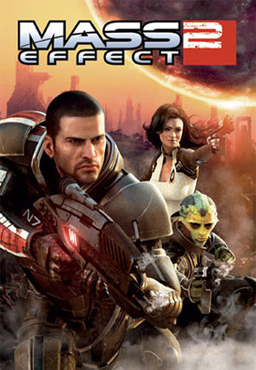

![[Review] Bloodywood - Nu Delhi](https://fohssignal.net/wp-content/uploads/2025/05/Nu_Delhi.jpg)
![[Review] Tool - 10,000 Days](https://fohssignal.net/wp-content/uploads/2025/05/10000Days.jpg)
![[Review] Baroness- Gold and Grey](https://fohssignal.net/wp-content/uploads/2025/05/a0534473864_16.jpg)
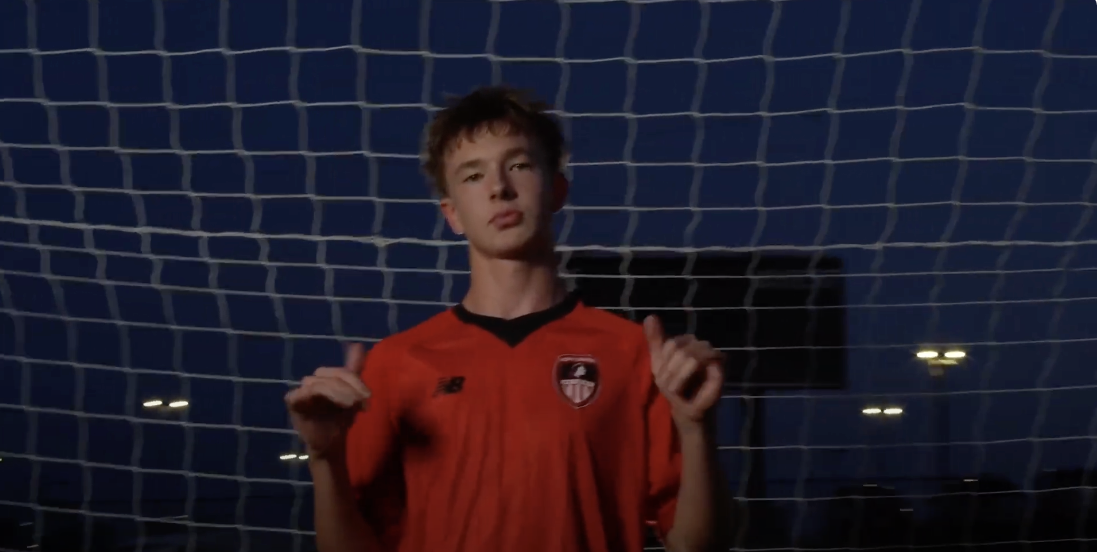
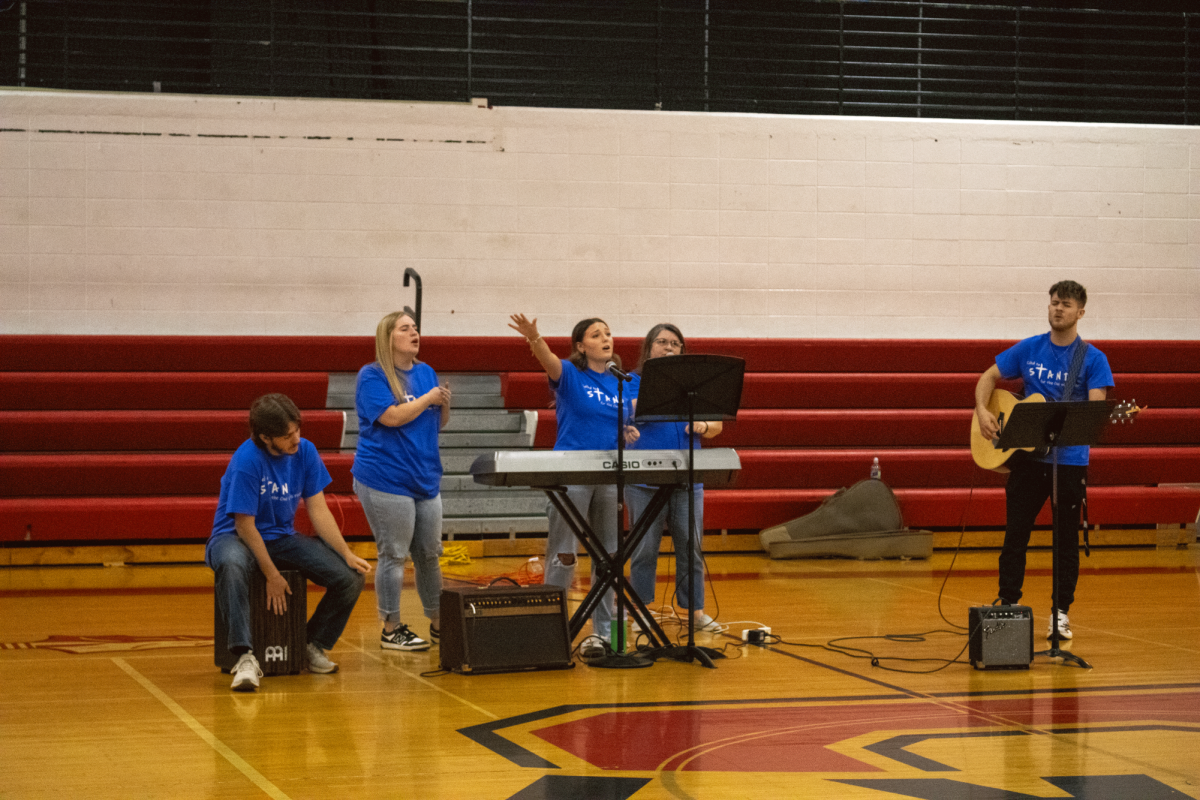
![[Review] The Life List](https://fohssignal.net/wp-content/uploads/2025/04/download-22.jpeg)
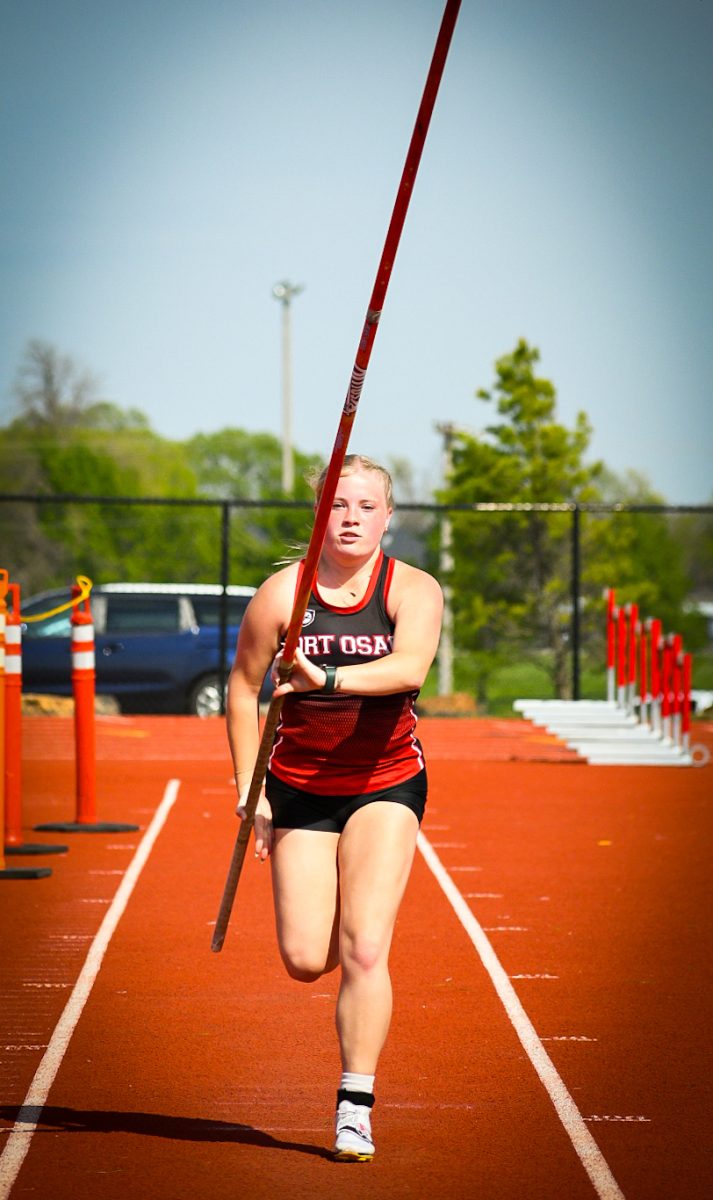
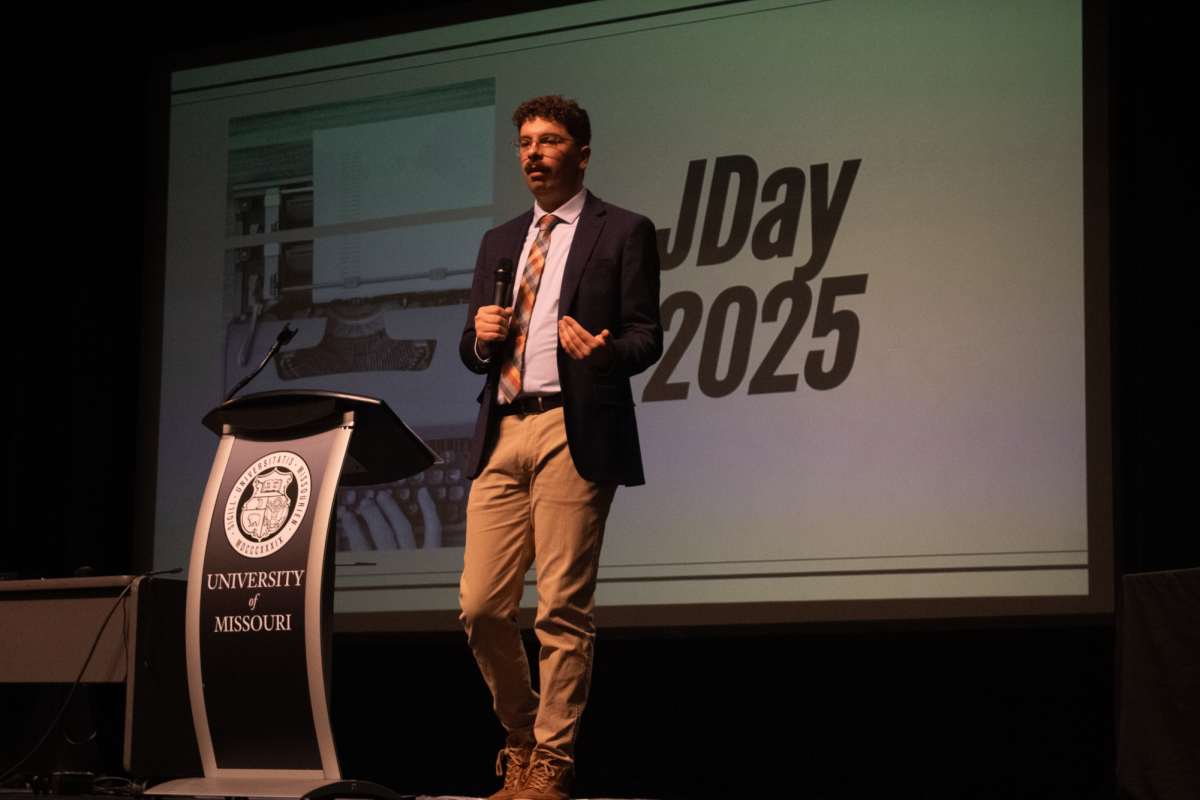
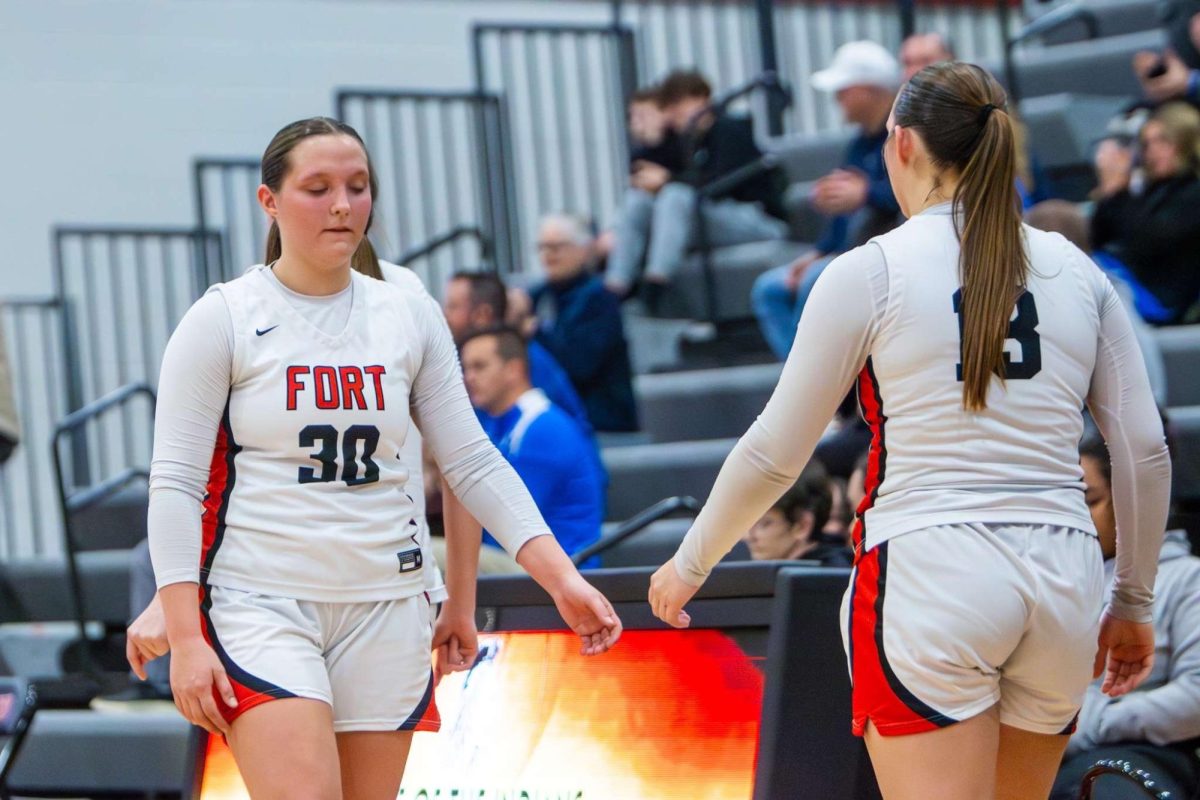
![[Review] Architects- For Those That Wish To Exist (Live at Albert Hall)](https://fohssignal.net/wp-content/uploads/2025/05/ArchitectsFTTWTE.jpg)
![[Retrospective] Darksiders 2](https://fohssignal.net/wp-content/uploads/2025/04/images-3.jpeg)
![[Retrospective] Street Fighter 3](https://fohssignal.net/wp-content/uploads/2025/04/images-2.jpeg)
![[Retrospective]-Mortal Kombat 2](https://fohssignal.net/wp-content/uploads/2025/04/IMG_7861.png)
![[Review] A complete unknown](https://fohssignal.net/wp-content/uploads/2025/03/download-21.jpeg)
![[Restrospective] Bloodbourne: The Old Hunters DLC](https://fohssignal.net/wp-content/uploads/2025/03/IMG_7839.jpg)
